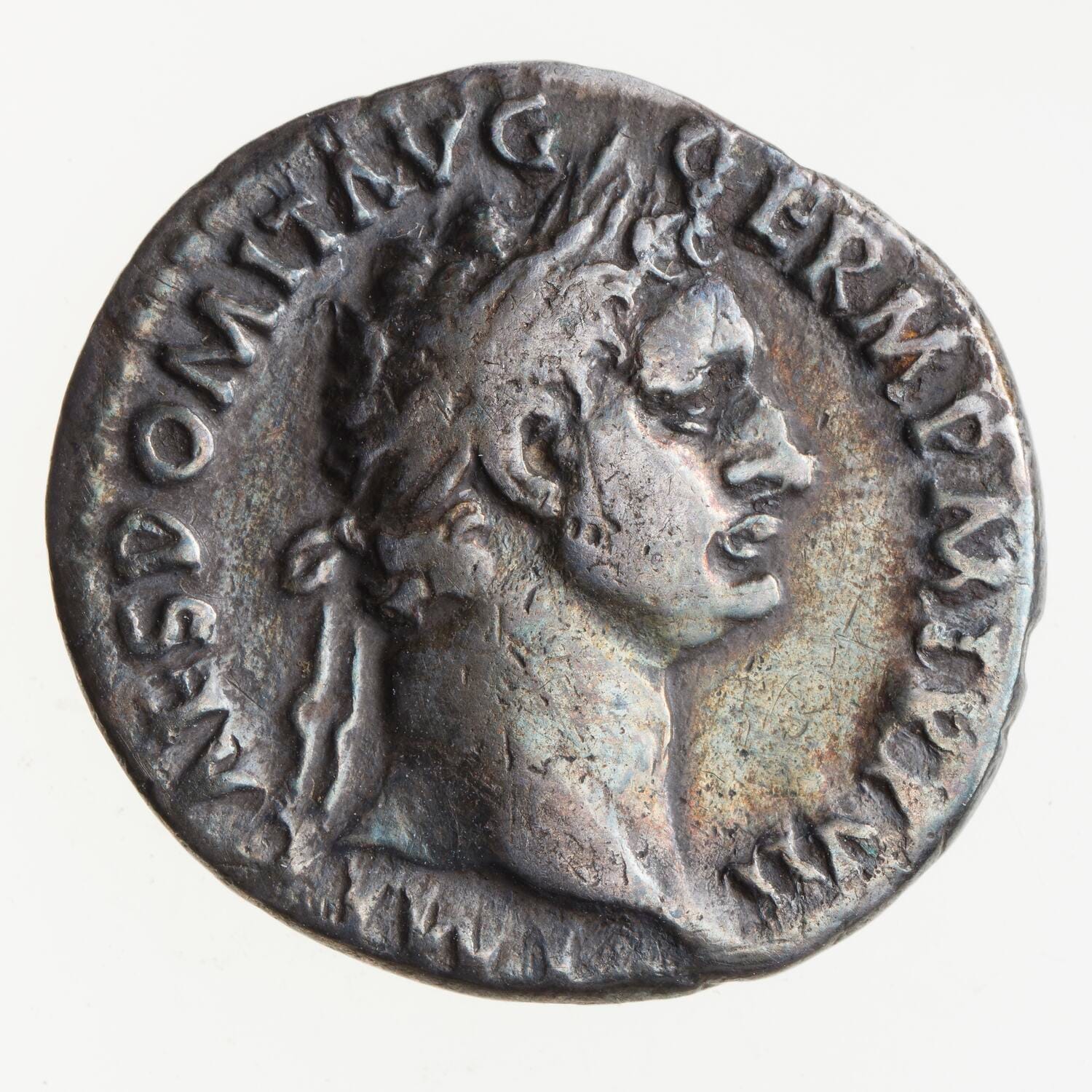The assassination of Julius Caesar in 44 BC plunged the Roman Republic into chaos. From this turmoil emerged the Second Triumvirate, a pact forged between Mark Antony, Octavian (Caesar’s adopted heir), and Lepidus. This alliance, however, was less about shared governance and more about a struggle for dominance. Their ambition and political maneuvering played out not only on the battlefield but also on a smaller, more portable stage: the coins of the realm. These “Neo-Roman Triumvirate Coins” offer a fascinating glimpse into the propaganda war that shaped the final years of the Republic.
The Triumvirate’s Currency of Power
The Second Triumvirate, officially sanctioned by the Lex Titia in 43 BC, granted Antony, Octavian, and Lepidus unprecedented authority, ostensibly to restore order and avenge Caesar’s death. In reality, it was a tense alliance of convenience between ambitious rivals. Discover the intricacies of power dynamics within another historical context: the Oklahoma Tribe. The triumvirs leveraged every tool at their disposal to consolidate their power, and coinage played a crucial role. These coins weren’t merely transactional; they were miniature propaganda pieces, disseminating carefully crafted messages throughout the Roman world. Explore the historical significance of symbols within a different cultural landscape: the parishes of Jamaica.
Deciphering the Designs: Messages on Metal
In a society with limited literacy, visual imagery held immense power. The triumvirs understood this, meticulously curating the designs on their coins to project specific images and consolidate their influence.
Mark Antony, the Military Strategist: Antony’s coins frequently depicted legions, military standards, and other martial imagery. This likely served to underscore his military prowess and cultivate loyalty within the legions—a crucial power base in the unstable political climate. Some scholars suggest that these depictions may also have alluded to Antony’s role in avenging Caesar’s death, portraying him as a defender of Roman order.
Octavian, Caesar’s Legacy: Octavian shrewdly invoked his connection to Caesar, often alluding to the assassination on his coins. This probably aimed to garner public sympathy and legitimize his claim as Caesar’s heir. By associating himself with the fallen dictator, Octavian subtly positioned himself as the rightful successor and restorer of stability.
Lepidus, the Religious Figurehead: Lepidus emphasized his position as Pontifex Maximus, Rome’s high priest. His coins highlighted religious symbolism, likely projecting an image of piety and connection to the divine. This may have been an attempt to portray himself as a stabilizing force amidst the political upheaval, appealing to those seeking traditional values and divine favor.
The Coins as Historical Evidence
Neo-Roman Triumvirate coins are invaluable historical artifacts. They reveal the complex power dynamics within the triumvirate, the evolving political landscape, and the propaganda strategies employed by these key figures. The changing prominence of each triumvir on the coinage over time mirrors their shifting fortunes. For example, the increasing prevalence of Octavian’s image suggests his growing dominance, foreshadowing the eventual collapse of the triumvirate and his rise as the first Roman Emperor, Augustus.
Numismatic Value and Ongoing Research
These coins are highly prized by collectors and numismatists. Their rarity, historical significance, and association with pivotal figures like Antony and Octavian contribute to their value. Ongoing research continues to shed light on these fascinating artifacts. Some scholars are investigating the metallurgical composition of the coins, hoping to gain insights into Roman mining and economic practices. Others are analyzing die variations and mint marks, seeking to understand the organization and scale of coin production throughout the Roman world.
The Value of Roman Coins: A Collector’s Guide
The value of a Roman coin can vary dramatically, influenced by a confluence of factors. Just as a seasoned classicist like Mary Beard might emphasize context in her historical analyses, understanding the nuances of coin valuation requires considering specific attributes. Rarity, condition, historical significance, and metal content all contribute to a coin’s worth. For a common denarius from the Republican era, you might expect to pay a few dollars up to perhaps $50. However, a rare gold aureus of Augustus could command hundreds of thousands, or even millions of dollars.
The Elusive “Rarest” Roman Coin
Defining the single “rarest” Roman coin is a complex task. As with articles in BBC History Magazine, a nuanced approach is essential. While some might point to the Galba Aureus or certain Second Triumvirate issues as exceptionally rare, new discoveries constantly reshape our understanding of Roman numismatics. What is considered exceedingly rare today might become less so tomorrow with the unearthing of a forgotten hoard. The dynamic nature of the field, coupled with ongoing research, keeps the hunt for the “rarest” coin an exciting and evolving pursuit.
Quantifying Caesar’s Coinage
Determining the precise number of surviving Julius Caesar coins is practically impossible. No comprehensive registry exists, and the challenges of authentication and the constant emergence of new finds make accurate quantification elusive. Estimates range from hundreds of thousands to potentially millions, scattered across museums, private collections, and archaeological sites worldwide. Each coin, however, regardless of its monetary value, represents a tangible link to a pivotal moment in history.
Conclusion
The coins of the Second Triumvirate are far more than mere currency. They are historical documents, propaganda tools, and works of art that offer a unique window into the tumultuous era that birthed the Roman Empire. Their study provides valuable insights into the political machinations, social dynamics, and artistic sensibilities of a pivotal period in Western history. As research continues, these small metal disks continue to reveal their secrets, reminding us of the enduring power of objects to illuminate the past.









